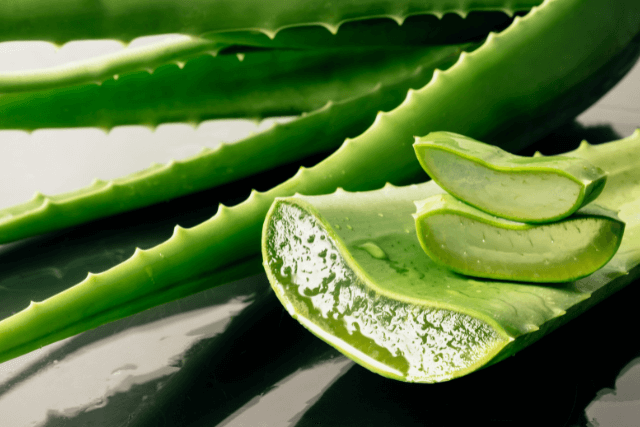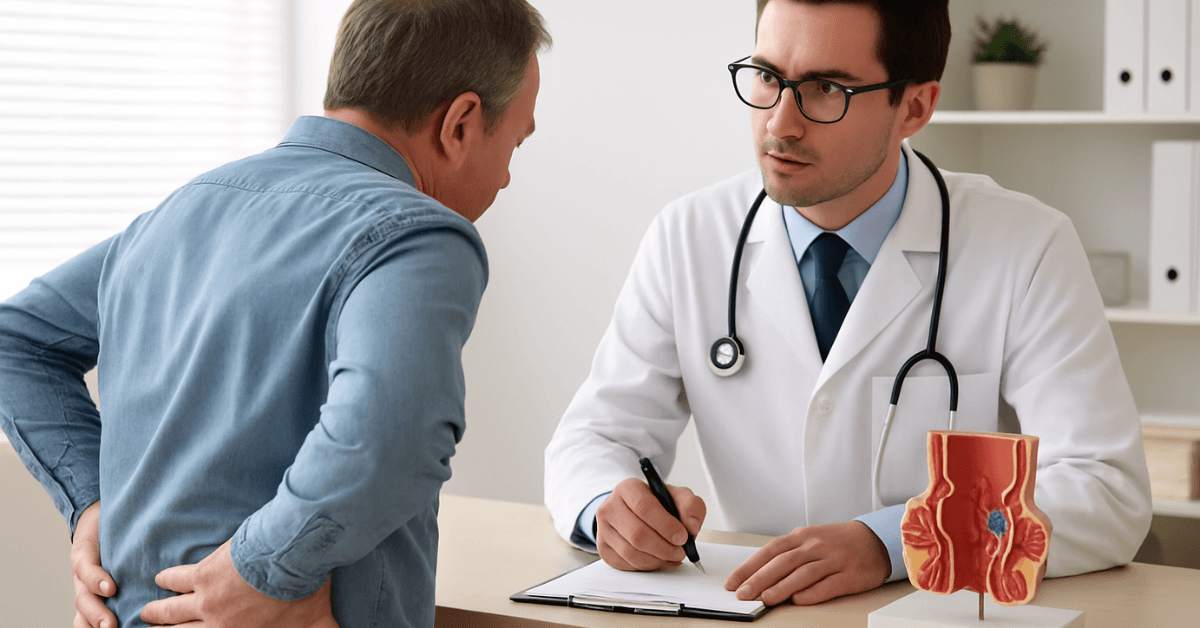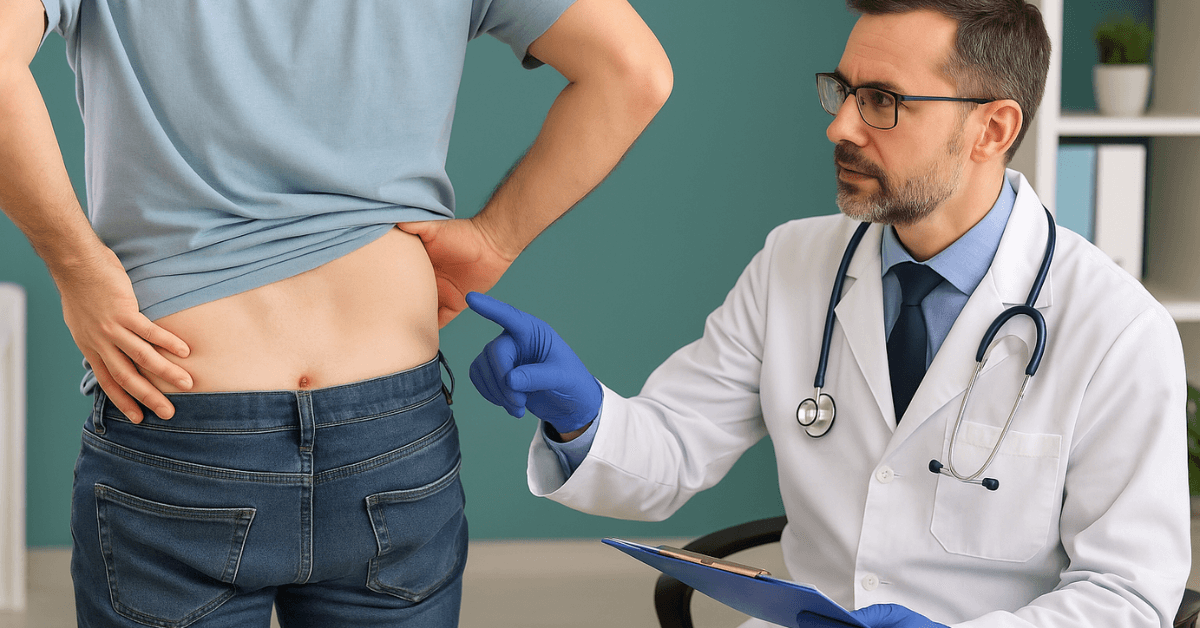Anal fistulas are a common, yet often uncomfortable, health condition. People suffering from them frequently ask, “Do anal fistulas heal on their own?” While the question might seem simple, the answer is more complex. The ability of an anal fistula to heal on its own depends on various factors such as its size, severity, and whether there are underlying conditions. In this article, we will explore anal fistulas in detail, explaining how they form, whether they can heal naturally, and the different treatment options available. Our aim is to provide accurate, fact-checked information to help those affected make informed decisions.
What is an Anal Fistula?
An anal fistula is a small tunnel that forms between the skin near the anus and the inside of the rectum. It often occurs as a result of an infection in one of the anal glands, leading to an abscess. If the abscess does not fully heal, it can develop into a fistula. These fistulas are commonly associated with painful symptoms, including discharge, irritation, and occasional bleeding.
How Does an Anal Fistula Form?
An anal fistula forms when an infection in one of the anal glands does not heal properly. The gland becomes abscessed, and if the abscess bursts or drains, it can create a tunnel that connects the infected area to the skin around the anus. The condition can be caused by several factors, including:
- Infections: Bacterial or fungal infections can lead to abscesses that eventually result in fistulas.
- Inflammatory Bowel Disease (IBD): Conditions like Crohn’s disease can cause anal fistulas
- Trauma: Any injury near the anus, including surgery, can increase the likelihood of a fistula.
- Cancer: Rarely, cancer may be a cause of anal fistulas.
Understanding the root cause of an anal fistula is essential for determining the best course of treatment.
Do Anal Fistulas Heal on Their Own?
This is the main question many people ask when they first experience symptoms of an anal fistula. The short answer is: it depends. In many cases, anal fistulas do not heal on their own and require medical intervention. However, there are instances where smaller fistulas may heal with the help of self-care measures and proper hygiene. Let’s dive deeper into why anal fistulas generally require treatment.
Factors That Affect Healing
The potential for an anal fistula to heal on its own depends on several factors, including the type, size, and location of the fistula. Here are the primary factors that influence healing:
-
Size of the Fistula:
Smaller anal fistulas are less likely to require invasive treatments. These may heal with conservative measures, such as sitz baths and antibiotics. However, larger and more complex fistulas typically need medical or surgical intervention.
-
Location of the Fistula:
The location of the fistula is another crucial factor. For instance, fistulas that form near the sphincter muscles may be more complicated to treat due to the risk of incontinence after surgery.
-
Underlying Conditions:
Certain conditions, such as Crohn’s disease or diabetes, can impair the body’s ability to heal naturally. In these cases, the fistula is less likely to heal on its own and may require specialized treatment.
-
Infection:
A fistula associated with ongoing infection may not heal without treatment. While antibiotics can help clear the infection, they are unlikely to heal the fistula itself.
Treatment Options for Anal Fistulas
In most cases, medical treatment is necessary to ensure that an anal fistula heals properly. Below are some common treatments for anal fistulas:
1. Non-Surgical Treatments
- Antibiotics: If the fistula is infected, antibiotics may help treat the infection. However, antibiotics alone won’t heal the fistula itself.
- Sitz Baths: Soaking in warm water several times a day can help relieve pain and discomfort. While sitz baths can ease symptoms, they will not heal the fistula.
- Pain Management: Over-the-counter pain relievers such as ibuprofen or acetaminophen can help manage the discomfort associated with anal fistulas.
2. Surgical Treatments
Surgical intervention is often necessary for larger or more complicated fistulas. The aim of surgery is to clean out the infected area and allow the fistula to heal from the inside out. The most common surgeries include:
- Fistulotomy: This procedure involves cutting open the fistula to allow it to heal properly
- Seton Placement: A seton is a surgical thread placed through the fistula to help drain the infection and keep the fistula open for healing.
- Advancement Flap Surgery: This procedure involves using tissue from surrounding areas to cover the fistula.
- LIFT Procedure (Ligation of Intersphincteric Fistula Tract): This surgery involves ligating the fistula tract to prevent the infection from spreading.
3. FiLaC® Treatment
FiLaC® (Fistula-tract Laser Closure) is a minimally invasive treatment that has gained popularity in recent years. It involves the use of laser energy to close the fistula tract, allowing for healing without the need for traditional surgery. This treatment is considered to be less painful, has a shorter recovery time, and may reduce the risk of incontinence compared to conventional procedures like fistulotomy. However it’s important to discuss with a healthcare provider to determine if it’s the right option.

Can Natural Remedies Help?
Some people may wonder if natural remedies can provide relief from an anal fistula. While some natural treatments may help alleviate symptoms, they are not a replacement for medical treatment. Here are a few natural remedies people often use:
- Aloe Vera: Aloe vera has natural anti-inflammatory properties and may soothe irritated skin around the anus.
- Coconut Oil: Known for its antibacterial properties, coconut oil may help prevent infections
- Turmeric: Curcumin, the active compound in turmeric, is thought to have anti-inflammatory effects, and consuming it may aid in healing.
While these remedies may provide temporary relief, they should not be relied upon as the sole treatment for an anal fistula.
How Long Does It Take for an Anal Fistula to Heal?
The healing time for an anal fistula depends on the type of treatment used and the severity of the condition. In cases where surgical intervention is required, healing can take several weeks to a few months. After surgery, follow-up appointments are crucial to ensure proper healing and avoid complications.
For those who opt for non-surgical treatment, symptoms may improve within a few days to weeks, but the fistula may not fully heal without medical attention.
Preventing Anal Fistulas
While not all anal fistulas are preventable, certain lifestyle changes can reduce the risk of developing one. Here are some prevention tips:
- Good Hygiene: Keeping the anal area clean can reduce the risk of infection.
- High-Fiber Diet: Eating plenty of fiber helps prevent constipation and straining during bowel movements.
- Avoiding Prolonged Sitting: Sitting for extended periods can increase pressure on the anus, leading to the formation of an abscess.
- Managing Inflammatory Bowel Disease (IBD): If you have IBD, managing flare-ups with medication can help reduce the risk of developing an anal fistula.

Common Myths About Anal Fistulas
Several myths and misconceptions surround anal fistulas. Let’s take a look at some of them:
- Myth 1: “Anal fistulas are only caused by poor hygiene.”
Fact: While poor hygiene can contribute to the development of anal infections, other factors, such as Crohn’s disease and trauma, can also lead to anal fistulas. - Myth 2: “Anal fistulas are always painful.”
Fact: Not all anal fistulas are associated with severe pain. Some may only cause mild discomfort or drainage. - Myth 3: “Surgery is always necessary to treat an anal fistula.”
Fact: Not all cases of anal fistulas require surgery. Smaller fistulas may heal with antibiotics and self-care measures.
Conclusion
So, do anal fistulas heal on their own? While mild cases may improve with conservative treatment, most anal fistulas do not heal without medical intervention. Depending on the size, location, and severity of the fistula, treatment options range from antibiotics and sitz baths to more complex surgical procedures. FiLaC® treatment, which uses laser energy to close the fistula tract, offers a minimally invasive option for some patients. If you experience symptoms of an anal fistula, it’s essential to seek medical advice promptly to avoid complications. Early treatment can help prevent the condition from worsening and ensure a quicker recovery.
Remember, while natural remedies can help manage symptoms, they should never replace proper medical treatment.If you suspect you have an anal fistula, don’t wait! Schedule a consultation with us today to ensure you receive the best care, effective treatment, and a smooth recovery.



